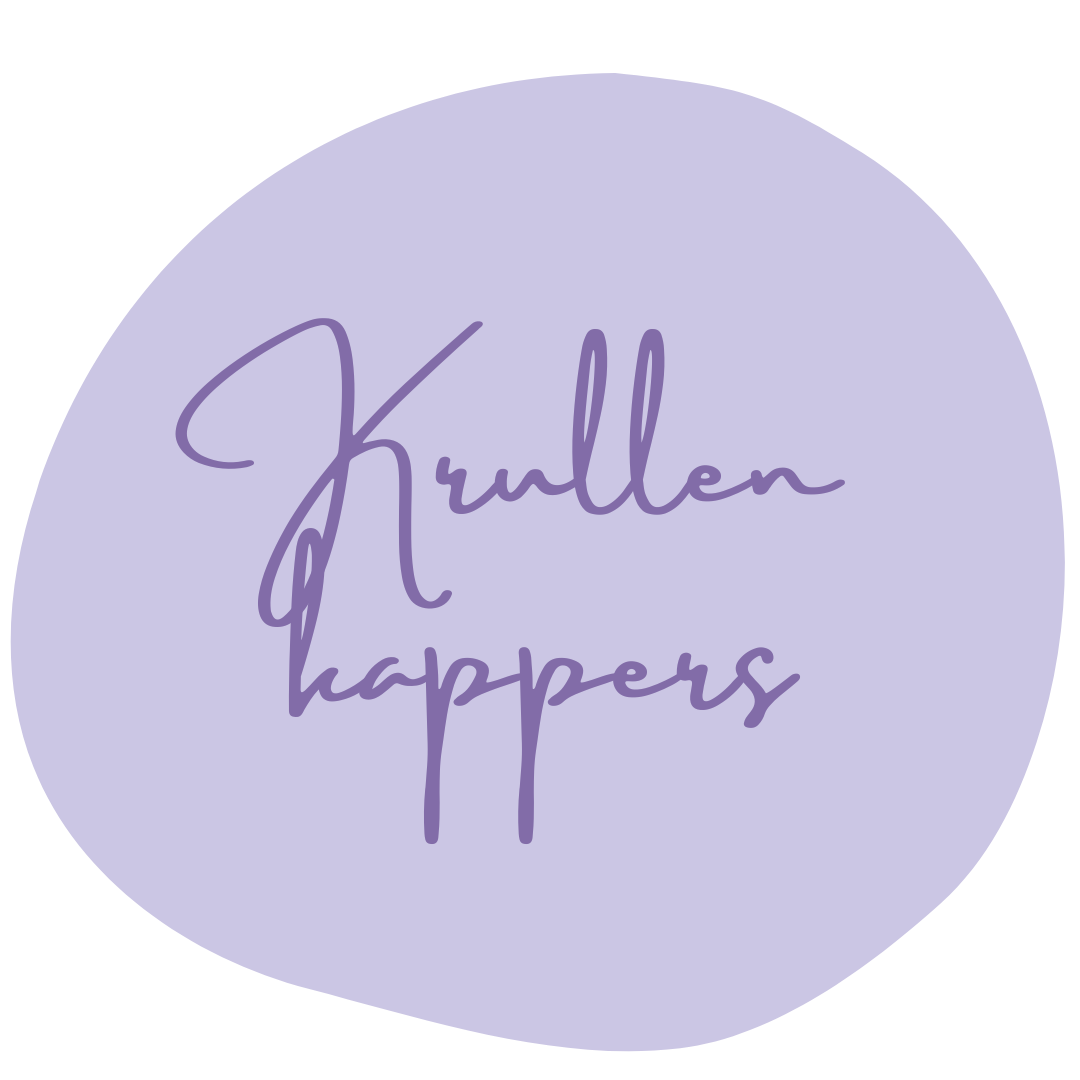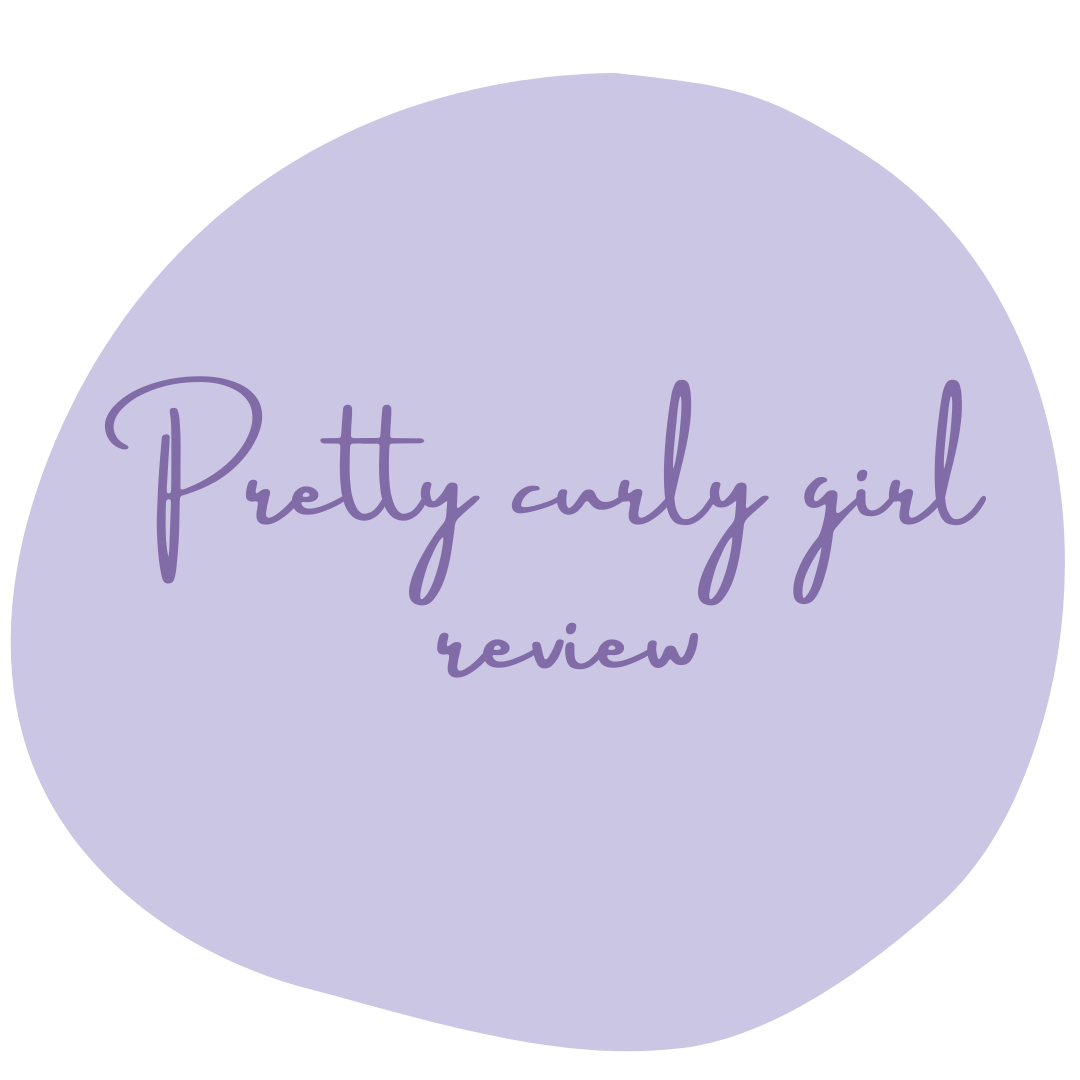It comes up more and more often in conversations about the CG method . Protein with large molecules and protein with small molecules.
But which ones should I use and how do I recognize them? In this blog you will find out!
What are proteins and what do they do for porous hair?
It is important to know what the porosity of your hair is. If you do not know this yet, discover it via this blog; '
Hair properties '
High porosity means that the hair scales are open. In contrast, with low porosity, the hair scales are closed.
Your hair consists largely of protein. It is an important building block for our body and therefore also your hair. Due to certain circumstances such as damage, these break off. To restore this, we use products with protein.
Protein provides:
✔️ strength of your hair
✔️ hydration
✔️ more shine
✔️ broadening of the hair structure
If you recognize any of the points below, your hair could use some protein:
- Brittle and/or damaged hair (high porosity) due to heat, dyeing, bleaching your hair.
- Fine and medium thickness hair often also needs more protein than thick hair.
- Dry hair could also possibly be due to a protein deficiency.
Big and small proteins, which one does your hair need?
If you have high porosity hair , you need large proteins. Your hair cuticles are open, which allows large proteins to adhere to the hair. Large proteins cannot penetrate the closed cuticles of low porosity hair.
If you have low/medium porosity hair , you can better use small proteins in your hair products. A handy tip for this porosity is that a heat cap could be a solution. This will open up your hair cuticles a bit more and the proteins can be better absorbed by your hair.
How do you recognize the small proteins?
The smallest proteins can be recognized in the ingredients list as ' Amino Acids ' or ' Peptides '. These can actually be used for all hair types.
Other small proteins are ' hydrolyzed silk, Hydrolized Keratin and Hydrolized Collagen '. These can also be used for all hair types.
A slightly larger protein is ' gelatin '. This is more suitable for people with high porosity, fine and brittle hair.
How do you recognize the large proteins?
Taking it one step further we come to the big proteins like ' Hydrolyzed Wheat Protein , Hydrolized Wheat Starch , Hydrolized Soy protein , Hydrolized quinoa and Hydrolized Lupine '.
This protein is suitable for high porosity hair, dyed or bleached hair and fine/medium hair. Do you have low porosity hair? Then you better not use these proteins too often.
📌 Tips for protein and porous hair:
- High porosity hair usually remains high porosity for about 6/8 weeks. After proper care, it will become medium porosity again. Do you notice that your hair is no longer doing well on large proteins? Then switch back to small proteins.
- Proteins are best absorbed in your hair mask and leave-in. Are you using small protein? Try a heat cap!
- Did you just bleach or dye your hair? Use a big protein.
- Do you regularly use a curling iron or straightener? Then use large protein.
- Protein in a gel can provide a little more hold!
- Using protein in your shampoo or conditioner doesn't really matter. It's in your hair too short to absorb it properly. Do you leave your conditioner in longer? Then your hair might absorb something, but not as well as a mask. So it doesn't really matter whether your shampoo and conditioner contain protein or not when you use the right protein in your mask and possibly leave-in.
Do you now know whether you need large or small proteins? To make it easy for you, you can also filter on large and small proteins on our site!
*inspired by Georgina Stanciu's blog.




